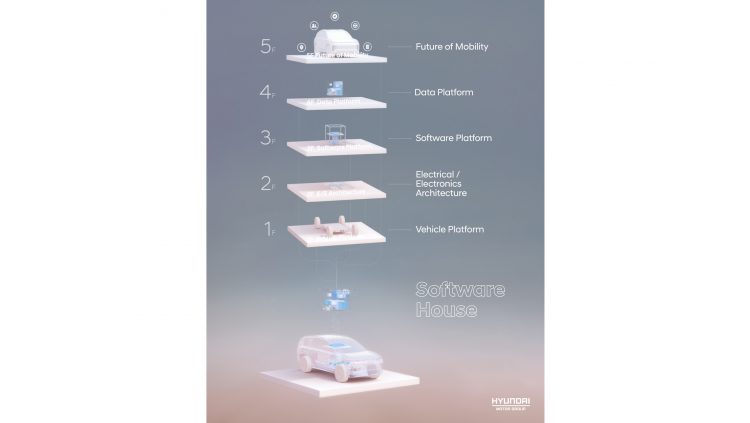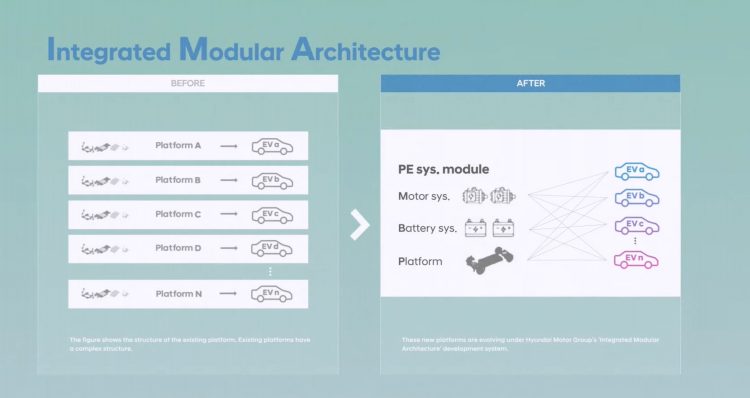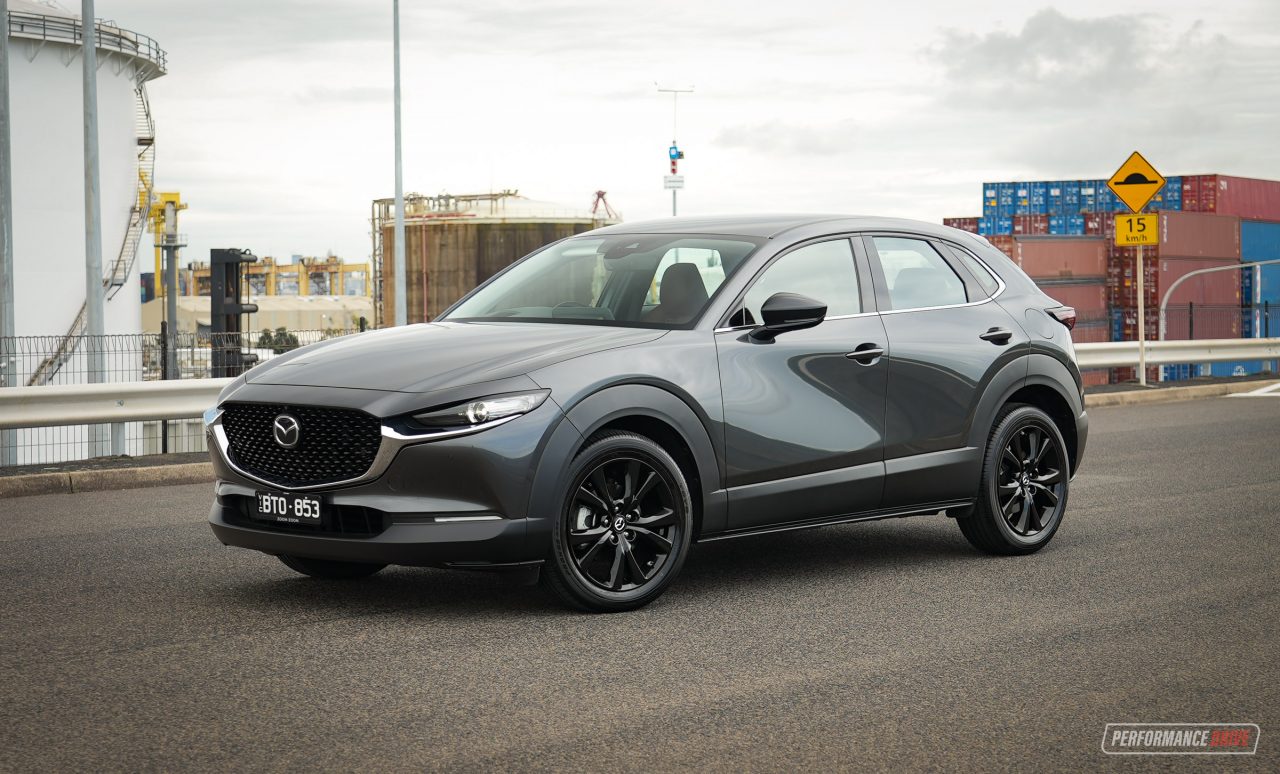Hyundai Motor Group has announced it will transition to a new Software Defined Vehicle architecture that will eventually underpin all of its products, with over-the-air (OTA) updates set for all models by 2025.
Although a little late to the OTA party, with many car manufacturers now offering such capability, Hyundai has set out a plan that will see all of its newly-developed vehicles from 2023 offering such facilities, and not just for electric vehicles.
Having the ability to provide customers with over-the-air updates brings a world of future possibilities, including the potential to upgrade certain aspects of cars post-sale, and certainly areas of the infotainment and on-board computer systems. The company says that by 2025 all of its vehicles will be equipped with OTA capability.
On the back of this, Hyundai confirms it will be introducing Feature on Demand (FoD) services from next year as well. BMW was criticised for offering this earlier this year but it looks like Hyundai is on a similar path.
It means buyers will have the ability to upgrade their vehicles and purchase functionalities that suit their needs. This extends to the possibility of upgrading performance, from anywhere, without the need to visit a service centre. Hyundai claims that by allowing customers to update their cars, the resale value could potentially be higher than before.
As part of the new technology push and the new SDV philosophy, Hyundai will introduce two new electric vehicle platforms, called the eM and eS. These will be developed under the group’s Integrated Modular Architecture (IMA) philosophy, streamlining production and development costs by sharing hardware systems across different vehicle classes.
It could be a case where buyers simply select between small, media and large vehicle types, with all sharing similar systems. While it does seem quite sterile and boring, it could help to reduce costs at the showroom.
The eM layout will be developed for EVs of all segments, promising a 50 per cent improvement in driving range compared with current electric models. It’s also being developed to support Level 3 autonomous driving capability, effectively future-proofing itself.
As for the eS platform, it is being designed as a ‘skateboard’ style of layout for something it calls Purpose Built Vehicles. It’s flexible so it can accommodate different shapes and sizes, and it can be tailor-made to suit companies in the delivery and logistics industries. Chung Kook Park, president and head of R&D division at Hyundai Motor Group, said:
“Today, Hyundai Motor Group has revealed the technology concepts, strategies, and future scenarios related to software-defined vehicles that will underpin the core of future mobility. As we take these technological innovations from imagination to reality, Hyundai Motor Group will unlock the future potential of the car and open up new possibilities to rewrite the customer experience and deliver a new way of life, abundant with meaning and value.”
Hyundai Motor Group says it is planning to invest 18 trillion won by 2030 into its global software centre and R&D centre to boost its capabilities for SDV technology. We suspect one of the first vehicles to arrive with the complete software architecture will be the upcoming IONIQ 7 electric SUV, given that the model is previewed throughout the video showcase.
For more insight, check out the full video presentation below (the video is unlisted so you might need to copy and paste the link in your browser).
https://youtu.be/D8vIC186PhU


